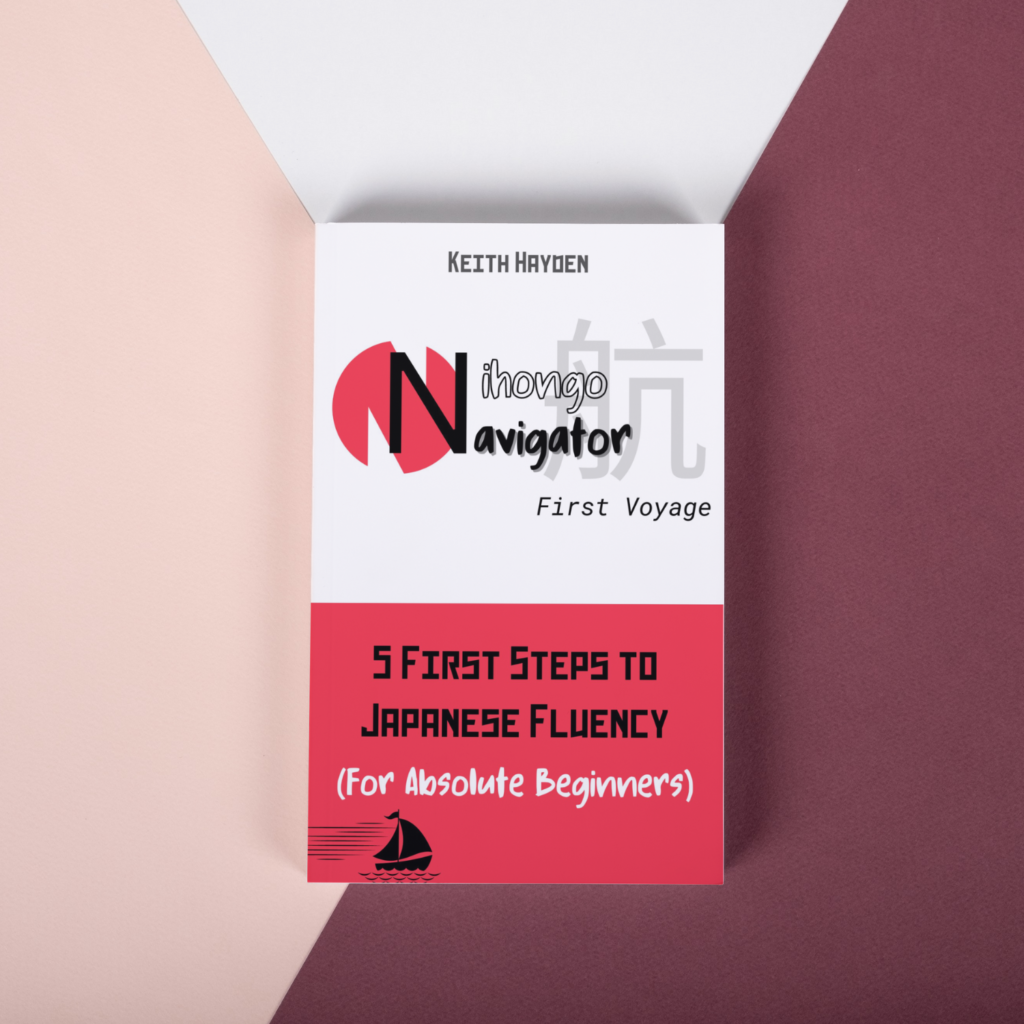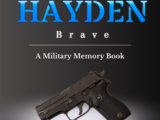Beginner Japanese with the Tale of an Ottoman Cannon

Here’s a mini-lesson I put together for you as a new Japanese learner.
What you’ll discover:
- Basic Japanese grammar and particles.
- Key vocabulary and romaji reading.
- Insight into Ottoman military history.
- Combining history, art, and language learning.
Let’s get into it.
While reading the third book in the “Three Body” series in Japanese, I came across this sentence:
三時間というのは、オスマン帝国軍がウルバン砲に砲丸を装填するために要する時間だった。
(Three hours was the time it took for the Ottoman army to load a cannonball into an Urban cannon.)
Listen to the Japanese
That’s a crazy advanced sentence.
Beginner Grammar
I broke it down for you. Here’s a simplified version.
Simplified sentence: “オスマン軍は砲丸を入れた。三時間かかった。”
Romaji: “Osman gun wa hōgan wo ireta. San-jikan kakatta.”
Translation: “The Ottoman military loaded the cannonball. It took three hours.”
Here’s the grammar breakdown:
- オスマン軍 (Osman gun) – “Ottoman military”: The subject of the sentence.
- は (wa) – Topic marker, indicating the subject of the sentence.
- 砲丸 (hōgan) – “Cannonball”: The object being acted upon.
- を (wo) – Object marker, indicating the direct object of the verb.
- 入れた (ireta) – “Loaded” or “put in”: The action performed, past tense.
- 三時間 (San-jikan) – “Three hours”: Specifies the duration of time.
- かかった (kakatta) – “Took”: Indicates the time it took to perform the action, past tense.
Advanced Grammar
三時間というのは、オスマン帝国軍がウルバン砲に砲丸を装填するために要する時間だった。
Here’s the grammar breakdown of the full sentence.
- 三時間というのは (さんじかんというのは): This part sets the topic of the sentence. “三時間” means “three hours,” and “というのは” is a phrase used to define or explain something, equivalent to “speaking of” or “regarding” in English. Together, they mean “Speaking of three hours…”
- オスマン帝国軍 (オスマンていこくぐん): This refers to the “Ottoman Empire’s military.”
- が: This is the subject marker, indicating that the Ottoman Empire’s military is the subject performing the action in this clause.
- ウルバン砲に (ウルバンほうに): “Into the Orban cannon,” with “に” indicating direction or purpose.
- 砲丸を (ほうがんを): “The cannonball,” with “を” marking it as the direct object of the action.
- 装填する (そうてんする): “To load,” a verb indicating the action being done to the cannonball.
- ために: This means “in order to” or “for the purpose of,” connecting the action (loading the cannonball) with its purpose.
- 要する (ようする): “To require” or “to need.” This verb describes the necessity or requirement of the action.
- 時間だった (じかんだった): “Was the time.” “時間” means “time,” and “だった” is the past tense of “だ” (is), indicating that this statement is about a time in the past.
Final: “Three hours was the necessary time it took the Ottoman Empire’s military to load a cannonball into the Orban cannon.”
Great job!
Historical Reference
Ottoman cannons played a significant role during the siege of Constantinople in 1453.
The Ottomans, led by Sultan Mehmed II, employed a massive cannon known as the “Great Bombard” to breach the formidable Theodosian Walls of Constantinople.
This cannon, designed and cast by a Hungarian engineer named Orban, was one of the largest of its time. It could fire a 600-pound (about 272 kilograms) stone ball over a mile.
The use of such large-scale artillery technology was revolutionary at the time and played a crucial role in the Ottoman Empire’s successful capture of Constantinople, marking the end of the Byzantine Empire and significantly altering the course of history.
The event is often cited as a key moment in the transition from the medieval period to the early modern era, showcasing the power of gunpowder artillery in changing the nature of siege warfare.
It was an important point in global military history too.
Hope you enjoyed this jolt of Japanese.
If you’re just getting started, my 5-Day email course “Nihongo Navigator” is a great way to get the basics down.

Join the 18th Japanese Mastery Squadron on Facebook for regular posts about improving your Japanese


